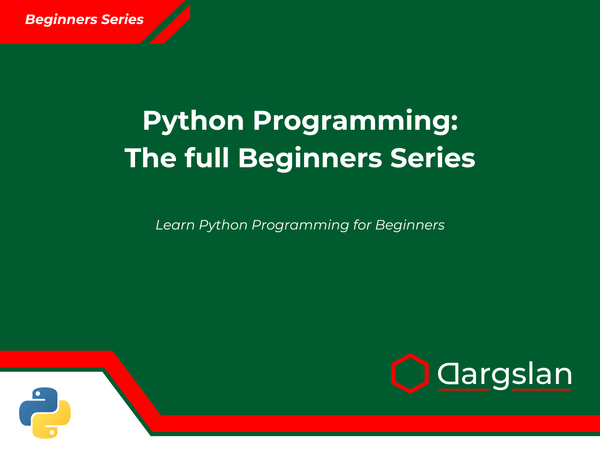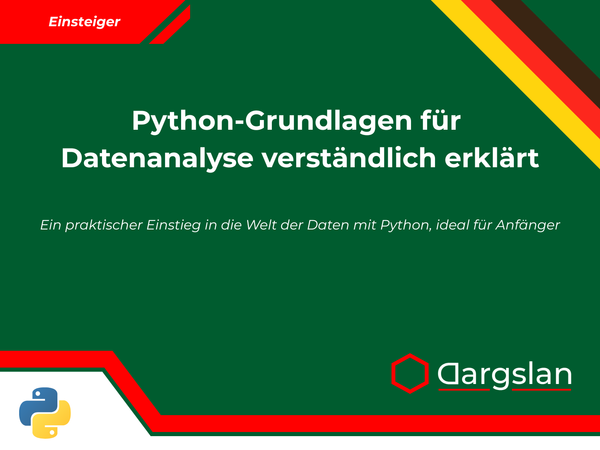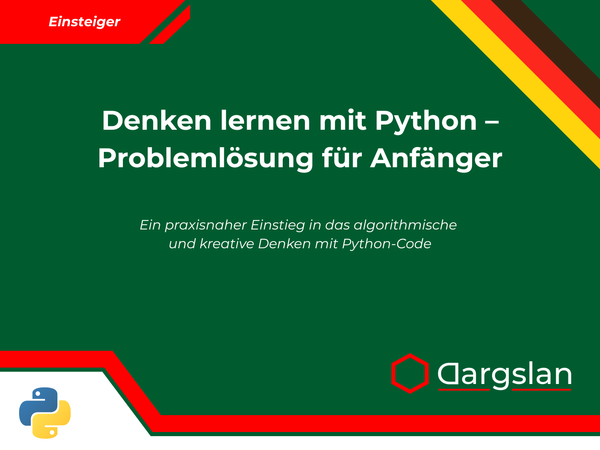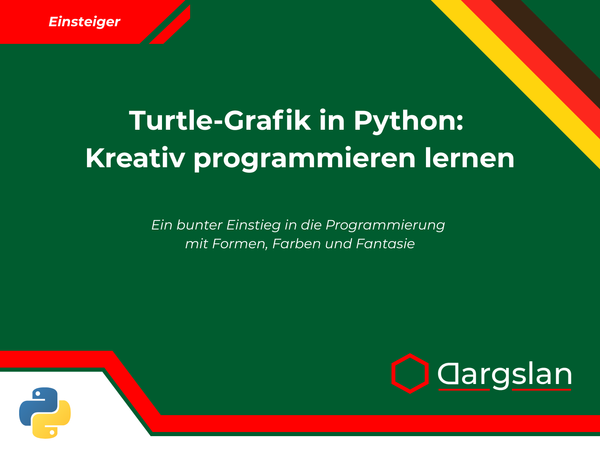Book Review: Working with Dates and Times in Python
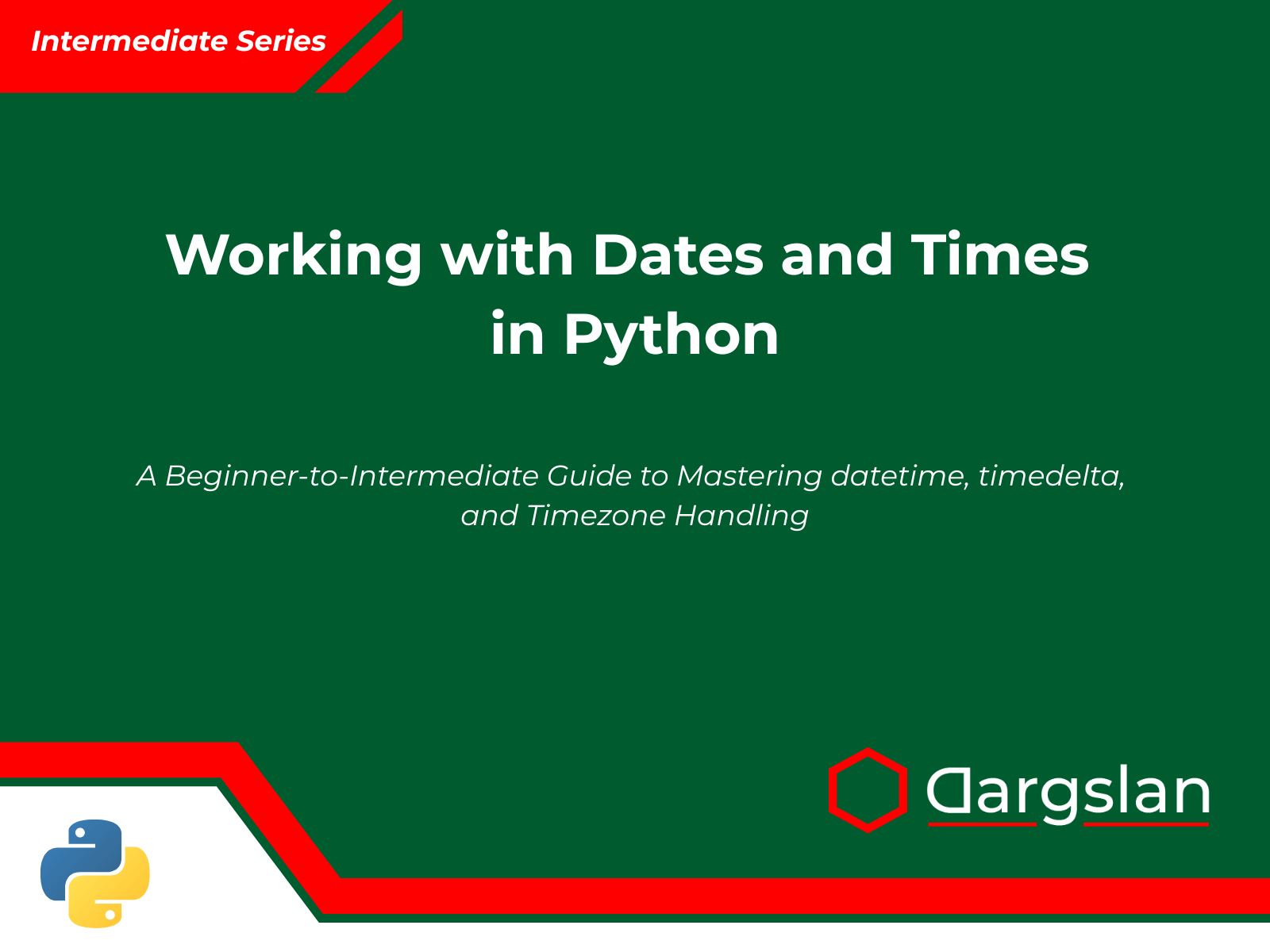
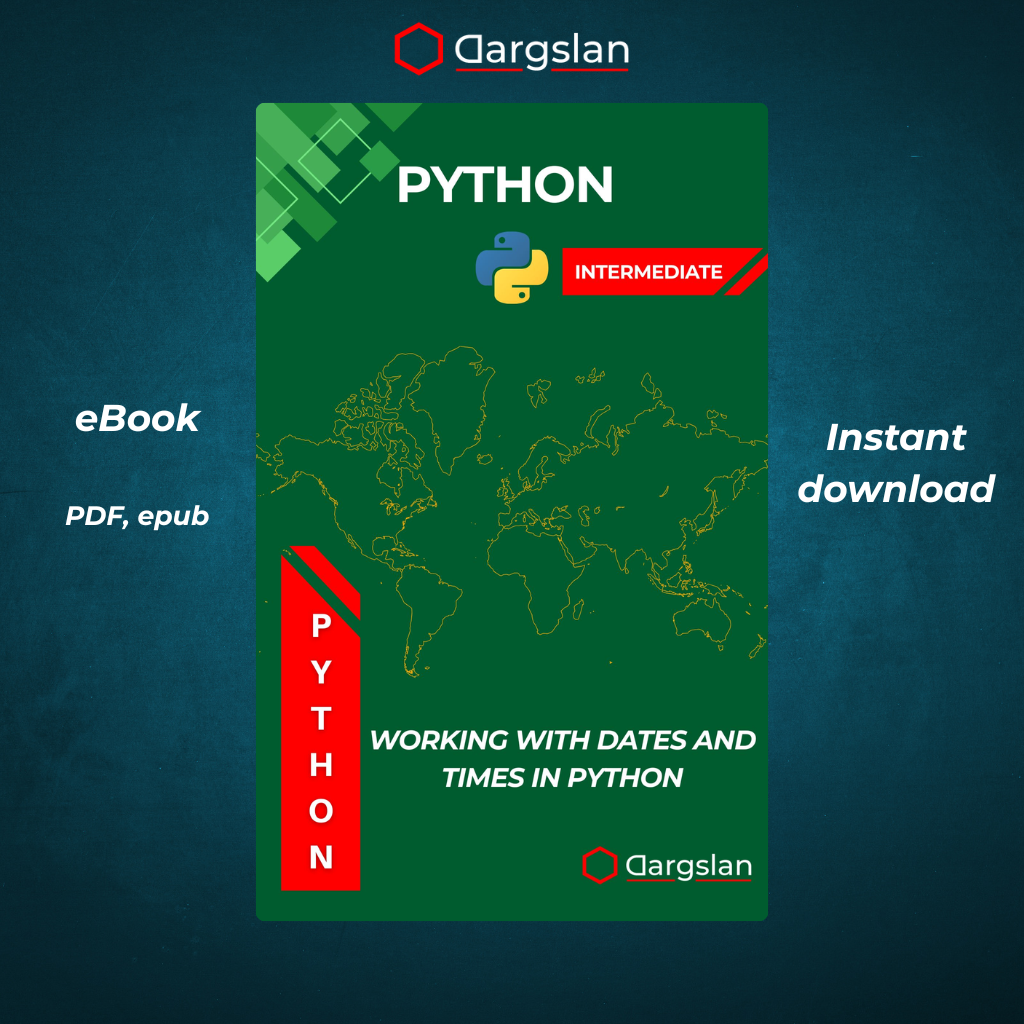
Working with Dates and Times in Python
A Beginner-to-Intermediate Guide to Mastering datetime, timedelta, and Timezone Handling
Comprehensive Review: Working with Dates and Times in Python
A Deep Dive into Python's Temporal Programming Resources
In the ever-evolving landscape of programming languages, Python continues to stand out as one of the most versatile and accessible options for developers across all experience levels. Among the many challenges that programmers face, regardless of their chosen language, is the proper handling of dates and times—a seemingly straightforward concept that quickly reveals layers of complexity in practical application. This is where "Working with Dates and Times in Python: A Beginner-to-Intermediate Guide to Mastering datetime, timedelta, and Timezone Handling" by Dargslan emerges as an invaluable resource for Python enthusiasts seeking to navigate the temporal dimension of coding.
The Critical Importance of Date and Time Handling in Modern Programming
Before delving into the specifics of this comprehensive guide, it's worth emphasizing why proper date and time management is so fundamental to contemporary software development. From scheduling applications and event management systems to data analytics pipelines processing historical information, temporal data permeates virtually every aspect of programming. Yet, many developers—even those with substantial experience—often treat date-time handling as an afterthought, leading to bugs, inconsistencies, and maintenance headaches down the line.
Common challenges include:
- Parsing date strings from various formats and sources
- Performing accurate calculations across date boundaries
- Handling time zone differences in globally distributed applications
- Managing daylight saving time transitions
- Creating logic for recurring events and schedules
- Ensuring proper representation in databases and APIs
These concerns become particularly pressing in our interconnected world, where applications routinely process data from different regions and time zones. A single oversight in date-time handling can lead to missed appointments, incorrectly processed transactions, or faulty data analysis—errors that can have significant real-world consequences.
A Structured Path to Temporal Programming Mastery
What sets Dargslan's guide apart is its carefully structured approach to mastering date and time manipulation in Python. Rather than presenting a random collection of tips and tricks, the book builds knowledge systematically, allowing readers to develop a comprehensive understanding of Python's temporal capabilities.
Chapter Breakdown and Content Analysis
The book spans ten meticulously organized chapters, complemented by several practical appendices serving as quick reference materials. Let's explore what each section offers:
Chapter 1: Why Date and Time Handling Matters
The journey begins with a foundation-setting chapter that contextualizes the importance of proper date and time handling. Beyond merely stating that it matters, this chapter likely explores real-world scenarios where improper temporal management led to significant issues. By starting here, the author ensures readers appreciate the gravity of the subject matter before diving into technical implementations.
This approach reflects pedagogical wisdom—motivating learners by establishing relevance before introducing concepts. For beginners especially, understanding why they should care about precise date handling provides crucial motivation for mastering the sometimes complex syntax and logic that follows.
Chapter 2: The datetime Module Basics
The second chapter introduces readers to Python's datetime module—the cornerstone of temporal programming in the language. Based on the book's beginner-friendly approach, this section likely covers:
- The fundamental datetime classes (
datetime,date,time) - Creating datetime objects
- Accessing year, month, day, hour, minute, second components
- Converting between datetime representations
- Understanding datetime immutability
By establishing this foundation, the author prepares readers for more advanced operations in subsequent chapters. The focus on Python's built-in capabilities before introducing third-party libraries is commendable, as it encourages developers to maximize native functionality before adding dependencies.
Chapter 3: Formatting and Parsing Dates
This practical chapter addresses one of the most common date-related tasks: converting between string representations and datetime objects. Topics likely include:
- Using strftime() for formatting dates into strings
- Employing strptime() for parsing strings into dates
- Understanding format codes for different date representations
- Handling international date formats
- Robust strategies for parsing dates from unpredictable sources
The inclusion of this topic early in the book acknowledges the reality that most programmers will encounter dates as strings before manipulating them as objects, making this a crucial skill for practical applications.
Chapter 4: Doing Math with timedelta
Date arithmetic introduces unique challenges compared to regular numeric calculations. This chapter explores Python's timedelta class and teaches readers how to:
- Add or subtract time periods from dates
- Calculate differences between dates
- Handle edge cases like month boundaries and leap years
- Create date ranges and sequences
- Implement duration-based logic
This knowledge enables readers to build applications that answer common questions like "What date is 45 business days from today?" or "How many days remain until the next quarterly deadline?"
Chapter 5: Working with calendar and time Modules
Expanding beyond the datetime module, this chapter introduces Python's complementary temporal tools. The calendar module provides functionality for working with weeks, months, and years at a higher level, while the time module offers lower-level access to system time functions. Topics likely include:
- Generating calendar layouts
- Determining workdays and holidays
- Using timestamps and epoch time
- Measuring code execution time
- Understanding the relationship between these modules and datetime
This exploration of Python's broader temporal ecosystem helps readers choose the right tool for specific date-time challenges.
Chapter 6: Dealing with Time Zones
Perhaps the most complex aspect of date-time handling, time zone management receives dedicated attention in chapter six. This crucial section likely covers:
- Understanding UTC, GMT, and time zone offsets
- Working with aware vs. naive datetime objects
- Converting between time zones
- Handling daylight saving time transitions
- Using the pytz or zoneinfo libraries
- Best practices for storing and transmitting time zone information
As applications increasingly operate globally, this chapter provides essential knowledge for developers seeking to build temporally accurate systems across geographical boundaries.
Chapter 7: Creating Recurring Events and Date Logic
This advanced chapter tackles the challenge of representing patterns in time—an essential capability for scheduling applications, task reminders, and business logic implementation. Topics likely include:
- Representing daily, weekly, monthly, and yearly recurrence
- Calculating the next occurrence of a recurring event
- Handling exceptions to recurrence patterns
- Implementing business day logic
- Creating date ranges with specific exclusions
The practical applications of this knowledge extend to countless domains, from calendar applications to financial systems calculating interest accrual periods.
Chapter 8: Dates in Files, APIs, and Databases
Moving from theory to application, this chapter bridges the gap between understanding dates and implementing them in real-world systems. It likely explores:
- Standard date formats for data exchange (ISO 8601, RFC 3339)
- Serializing and deserializing dates in JSON
- Working with dates in CSV files and spreadsheets
- Date representation in SQL and NoSQL databases
- Handling date-related API parameters
This integration-focused chapter helps readers move from isolated code examples to full-featured applications that interact with external systems.
Chapter 9: Handling User Input and Edge Cases
Robustness in date handling requires anticipating unexpected inputs and boundary conditions. This pragmatic chapter likely addresses:
- Validating date input from users
- Handling ambiguous date formats (MM/DD vs. DD/MM)
- Managing invalid dates like February 30
- Addressing historical edge cases like calendar reforms
- Gracefully handling errors in date processing
These defensive programming techniques help readers build applications that remain stable even when presented with unusual or incorrect temporal data.
Chapter 10: Final Projects to Practice
The book concludes with hands-on projects that allow readers to apply their accumulated knowledge to realistic scenarios. These likely include:
- Building a calendar application with recurring events
- Creating a timesheet or time-tracking system
- Implementing a scheduling algorithm
- Developing a historical date analyzer
- Constructing a cross-time-zone meeting planner
By engaging with these projects, readers cement their understanding and develop portfolio-worthy examples of their date-time handling expertise.
Valuable Appendices for Quick Reference
Beyond the core chapters, the book includes several appendices that serve as handy reference materials:
- datetime Format Code Cheatsheet: A quick lookup for format specifiers used in strftime() and strptime()
- Timezone Reference with Common Cities: A practical guide to major world time zones
- Error Handling for Date Input and Parsing: Common pitfalls and their solutions
- Bonus Utilities: Additional tools and functions for specialized date-time tasks
These appendices transform the book from merely instructional to genuinely practical, offering ready-to-use resources that programmers can consult during actual development.
Audience Analysis: Who Benefits Most from This Guide?
Based on the book's structure and content, several groups stand to gain significant value:
Python Beginners
For newcomers to Python, the book offers a gentle introduction to one of the language's more complex aspects. By mastering date and time handling early in their Python journey, beginners establish good habits and avoid developing problematic workarounds.
Intermediate Python Developers
Programmers already comfortable with Python's basic syntax will find the middle and later chapters particularly valuable, as they address the kinds of real-world challenges that emerge in production applications.
Data Scientists and Analysts
Those working with temporal data in analysis pipelines will appreciate the coverage of date math, formatting, and parsing—skills essential for cleaning and preparing time-series data.
Web Developers
The sections on handling dates in APIs, databases, and user interfaces directly address the needs of developers building web applications with Python backends.
Systems Engineers
Engineers responsible for log analysis, scheduling, and system monitoring will find the time zone handling and timestamp processing information particularly relevant.
Pedagogical Approach: Building Knowledge Systematically
The author's teaching methodology deserves specific praise. Rather than drowning readers in comprehensive documentation or disconnected examples, Dargslan adopts a progressive learning approach:
- Conceptual Foundation: Establishing why the topic matters
- Basic Tools: Introducing the fundamental building blocks
- Practical Skills: Developing capabilities with immediate applications
- Complex Challenges: Addressing the more sophisticated aspects
- Integration: Connecting date-time handling with broader systems
- Application: Applying knowledge to realistic projects
This spiral learning technique revisits key concepts at increasing levels of sophistication, allowing readers to build confidence before tackling more advanced material.
Technical Implementation: Code Examples and Best Practices
While this review cannot analyze specific code examples from the book, the chapter structure suggests a strong emphasis on practical implementation. Readers likely encounter:
- Clear, annotated code samples
- Before-and-after comparisons showing improvements
- Common pitfalls and their solutions
- Performance considerations for date-heavy applications
- Testing strategies for temporal logic
The focus on best practices rather than mere functionality helps developers not just solve immediate problems but create maintainable, robust systems.
Comparison with Other Python Date-Time Resources
The Python ecosystem offers several resources for learning about date and time handling, including:
- Official Python documentation
- General Python programming books with date-time sections
- Blog posts and tutorials addressing specific date challenges
- Third-party library documentation (pytz, dateutil, etc.)
What distinguishes Dargslan's guide is its comprehensive, systematic approach focused exclusively on temporal programming. Unlike general Python books that might dedicate only a chapter to dates and times, this resource explores the topic's full depth and breadth. Compared to fragmented online tutorials, it provides a coherent learning path that builds knowledge incrementally.
Strengths and Potential Limitations
Notable Strengths
- Comprehensive Coverage: The book addresses virtually all aspects of date-time handling in Python.
- Structured Learning Path: Chapters build logically upon each other, creating a smooth learning curve.
- Practical Focus: Content remains centered on real-world applications rather than theoretical abstractions.
- Reference Materials: The appendices provide valuable quick-reference resources.
- Beginner Accessibility: Despite covering advanced topics, the book remains accessible to Python newcomers.
Potential Limitations
- Python Version Specificity: The book may not address differences between Python versions (e.g., the introduction of zoneinfo in Python 3.9).
- Third-Party Libraries: While focusing on built-in modules is appropriate, some readers might benefit from more coverage of popular libraries like Arrow or Pendulum.
- Domain-Specific Applications: Certain specialized fields (like astronomy or historical date analysis) might require additional resources beyond this book.
The Growing Importance of Temporal Programming Skills
As we conclude this review, it's worth noting the increasing relevance of sophisticated date and time handling in modern programming:
- Global Operations: Businesses increasingly operate across time zones, requiring applications that handle temporal differences gracefully.
- Compliance Requirements: Financial, healthcare, and other regulated industries have strict requirements for date-time accuracy and audit trails.
- Data Science Growth: The explosion of time-series data analysis demands robust temporal processing capabilities.
- Event-Driven Architecture: Modern systems often rely on precise scheduling and temporal event processing.
- User Experience: Applications with incorrect date handling create frustrating experiences for users.
In this context, "Working with Dates and Times in Python" addresses a skill set that's becoming not just useful but essential for Python developers across domains.
Final Assessment: An Essential Resource for Python Developers
For Python programmers seeking to master the intricacies of date and time handling, Dargslan's guide represents an outstanding investment of time and attention. Its methodical approach, comprehensive coverage, and practical focus make it suitable for both beginners looking to establish solid foundations and intermediate developers aiming to refine their skills.
The book succeeds in transforming a potentially dry technical subject into an engaging learning journey, connecting abstract concepts to practical applications at every step. By working through its chapters and projects, readers will develop confidence in handling temporal data that will serve them across countless programming scenarios.
In an ecosystem where date and time handling is often treated as an afterthought, this book elevates the topic to its rightful place as a fundamental programming skill. Python developers who master its contents will distinguish themselves by avoiding the temporal bugs and inconsistencies that plague less informed implementations.
Whether you're building your first Python application or enhancing your existing skills, "Working with Dates and Times in Python: A Beginner-to-Intermediate Guide to Mastering datetime, timedelta, and Timezone Handling" deserves a place in your programming library and learning journey.
Keywords for Further Exploration
For readers interested in exploring these topics further, consider researching:
- Python datetime tutorial
- Python time zone handling
- timedelta calculations Python
- ISO 8601 date format Python
- Python calendar module examples
- Recurring event patterns Python
- Parsing dates in Python
- Python date validation techniques
- Time series data processing Python
- Cross-time-zone application development
About the Author
Dargslan (as mentioned in the preface) appears to bring practical experience and pedagogical insight to this guide. While this review doesn't have detailed information about the author's background, the book's structure suggests someone with both teaching experience and real-world programming expertise in temporal applications.
This review aims to provide potential readers with a comprehensive understanding of "Working with Dates and Times in Python" and its value for Python developers at various experience levels. By exploring its content, approach, and practical applications, we hope to highlight how this resource addresses a critical yet often underappreciated aspect of Python programming.

Working with Dates and Times in Python



